Government Initiatives and Funding
The Hysteroscopy Instrument Market is positively impacted by various government initiatives and funding aimed at improving women's health services. Many governments are recognizing the importance of investing in advanced medical technologies to enhance healthcare outcomes for women. Funding programs and grants are being allocated to support research and development in the field of gynecology, including the advancement of hysteroscopy instruments. These initiatives not only promote innovation but also encourage healthcare facilities to adopt new technologies. As a result, the market is likely to experience growth as more resources are directed towards improving the quality of care for women. This trend indicates a supportive environment for the development and distribution of hysteroscopy instruments.
Shift Towards Outpatient Procedures
The Hysteroscopy Instrument Market is witnessing a significant shift towards outpatient procedures, which is reshaping the landscape of gynecological care. This trend is largely driven by the desire for cost-effective and efficient healthcare solutions. Outpatient hysteroscopic procedures allow patients to undergo treatment without the need for extended hospital stays, thereby reducing healthcare costs and improving patient satisfaction. Data indicates that outpatient hysteroscopy has become increasingly popular, with many procedures now being performed in ambulatory surgical centers. This shift not only enhances patient convenience but also encourages healthcare facilities to invest in advanced hysteroscopy instruments that facilitate these procedures. As outpatient care continues to gain traction, the market is expected to grow in response to this evolving healthcare paradigm.
Increased Awareness of Women's Health
The Hysteroscopy Instrument Market is benefiting from a growing awareness of women's health issues. Educational campaigns and advocacy for women's health have led to a rise in the number of women seeking preventive care and treatment for gynecological conditions. This heightened awareness is driving demand for hysteroscopic procedures, as they are often recommended for diagnosing and treating various uterine disorders. According to recent data, the number of hysteroscopies performed annually has increased, reflecting a shift in patient attitudes towards proactive health management. As more women become informed about their health options, the market for hysteroscopy instruments is likely to expand, with healthcare providers investing in advanced technologies to meet this demand.
Rising Incidence of Uterine Disorders
The Hysteroscopy Instrument Market is significantly influenced by the rising incidence of uterine disorders, including fibroids, polyps, and endometrial cancer. As the prevalence of these conditions increases, the demand for effective diagnostic and therapeutic solutions is also on the rise. Hysteroscopy is often the preferred method for diagnosing and treating these disorders, as it allows for direct visualization of the uterine cavity. Recent statistics indicate that the number of women diagnosed with uterine conditions has been steadily increasing, which in turn drives the demand for hysteroscopy instruments. This trend suggests a robust growth trajectory for the market, as healthcare providers seek to equip themselves with the latest technologies to address the growing needs of their patients.
Technological Advancements in Hysteroscopy Instruments
The Hysteroscopy Instrument Market is experiencing a notable transformation due to rapid technological advancements. Innovations such as high-definition cameras, improved optics, and minimally invasive techniques are enhancing the precision and effectiveness of hysteroscopic procedures. These advancements not only improve patient outcomes but also reduce recovery times, making procedures more appealing to both patients and healthcare providers. The integration of digital technologies, such as artificial intelligence and machine learning, is further streamlining the diagnostic process. As a result, the market is projected to grow significantly, with estimates suggesting a compound annual growth rate of over 7% in the coming years. This growth is indicative of the increasing reliance on advanced hysteroscopy instruments in clinical settings.


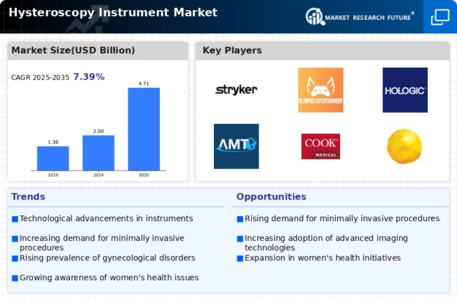
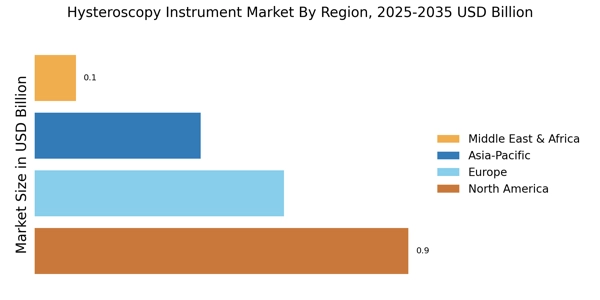
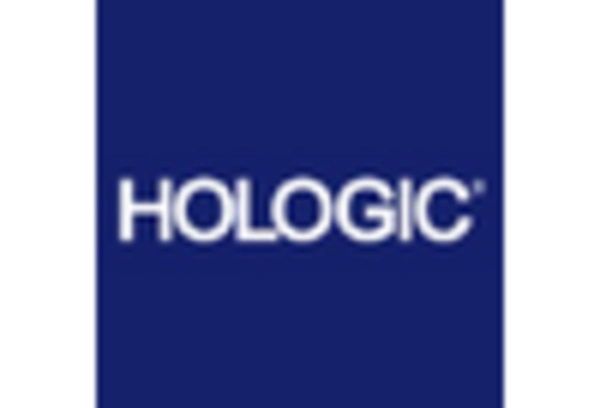
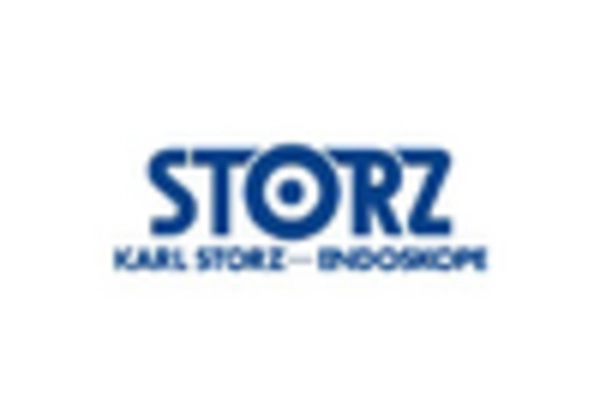


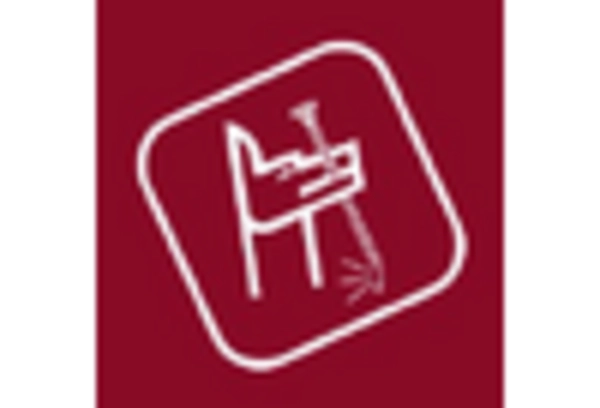









Leave a Comment